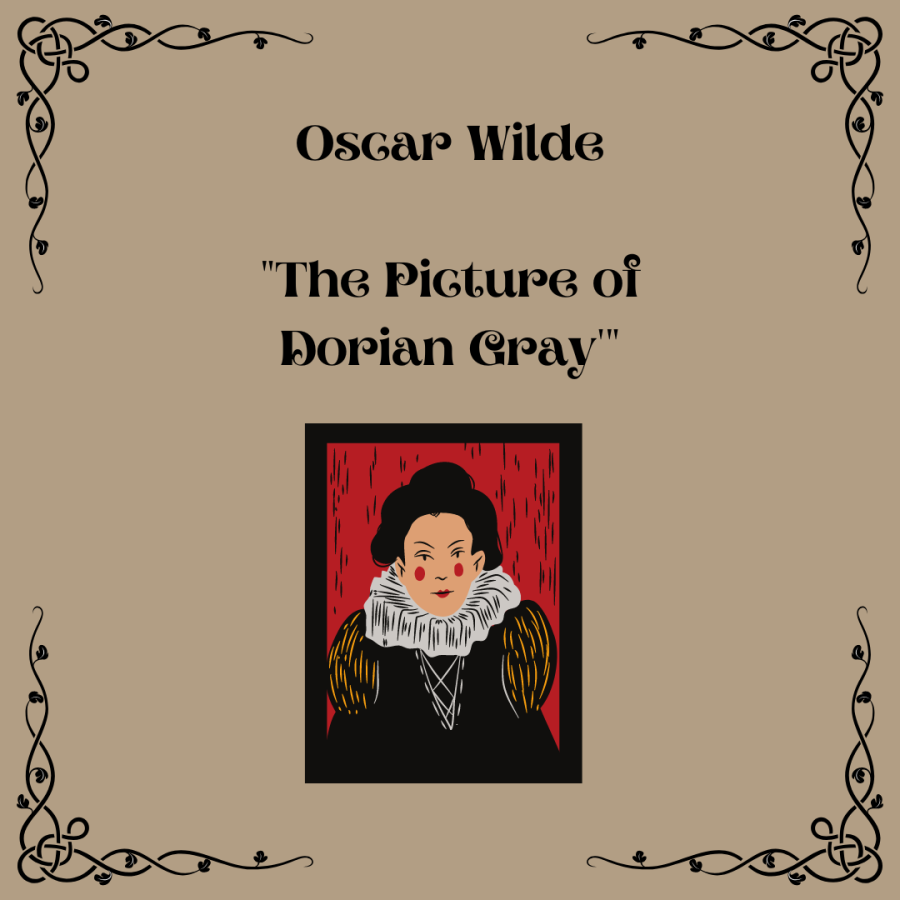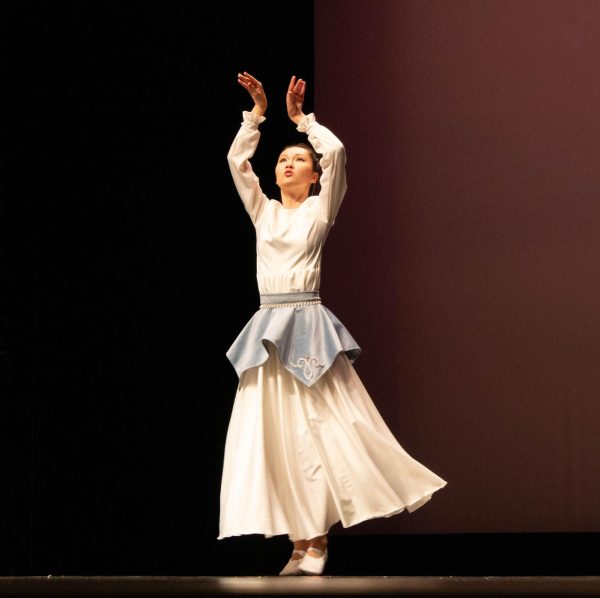‘The Picture of Dorian Gray’ is worth the read
February 28, 2023
Oscar Wilde’s one and only novel, “The Picture of Dorian Gray,” is a beautifully written classic that leaves a lasting impression on readers.
You still get something out of the book even if it is not fully understood. At times, the book’s complex language can result in the need to decipher underlying messages.
The preface of the book introduces the reader to the morals of art, describing the characteristics of those who find art beautiful and those who find art meaningless.
The main character, Dorian Gray, is an average man who has been persuaded into getting his portrait painted. Gray begins as a “blank page,” easily filled with dangerous and immoral ideas from Lord Henry, an average wealthy man who is friends with the painter Basil.
Oscar Wilde’s storytelling is detailed with characters who compliment the book’s symbolism – most notably, narcissism. Lord Henry’s ever-growing infatuation with the beautiful portrait feeds into Gray’s ego.
The obsession with the portrait’s youthfulness eventually leads to the portrait being “cursed” with aging instead of Gray.
The novel made me think of the story’s correspondence to real life, specifically how the infatuation with staying young and not wanting to age physically nor mentally is so prevalent.
As Gray was painted, Wilde writes, “What makes life’s purpose beautiful?” Ironically, the alluring Gray could not find the purpose to save himself in the end.
As a reader, you gain a sense of perspective between the story and the reality of what your own meaning is in daily life. It’s an eye opener for those who are interested in inner healing.
Ultimately, “The Picture of Dorian Gray” is one of my new favorite books. It gives a unique perspective to the complexity of morality. I highly recommend it.
Rating: 5 out of 5


























